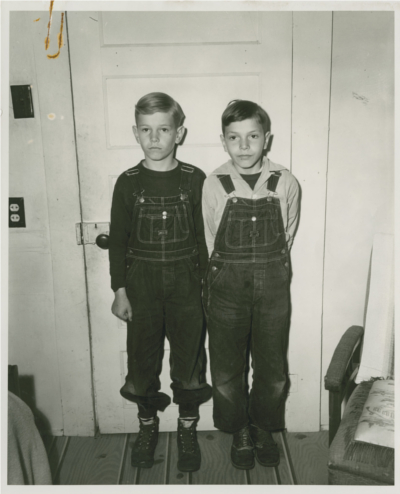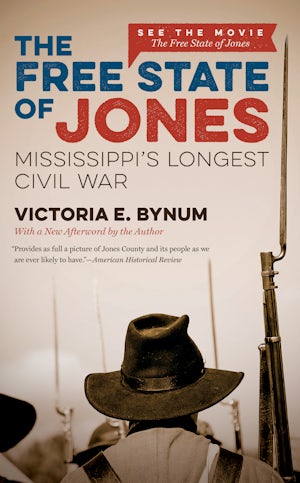Veteran Served as a White, Convicted of MiscegenationPosted in Articles, Law, Media Archive, Mississippi, Passing, United States on 2014-01-03 22:09Z by Steven |
Veteran Served as a White, Convicted of Miscegenation
The Milwaukee Journal
Monday, 1948-12-20
page 20, columns 2 & 3
Ellisville, Miss.—(AP)—A young veteran who served in the navy as a white man and later married a white woman has been convicted of miscegenation and sentenced to five years in prison.
Dist. Atty Paul Swartzfager said the conviction Saturday of 23 year old Davis Knight was believed to be the first under the state’s miscegenation law, in force since reconstruction days. The law forbids marriage or cohabitation between white persons and those with at least one-eighth Negro or Mongolian blood. Conviction automatically cancels the marriage.
Knight whose marriage was performed in April, 1946, by the mayor of this south Mississippi town of 3,000, filed notice of appeal. Knight was arrested when “people started talking” and told his employer in Laurel that he was a Negro. Quitman Ross, his attorney, explained.
The main issue in the trial was the ancestry of Knight’s great-grand-mother, who was known as Rachel and who lived on the plantation of Capt. Newt Knight a picturesque character in Mississippi history. Rachel the state contended, was a Negro, and witnesses were introduced who testified that she and her children were known as Negroes. Among these witnesses was Tom Knight, 89 year old son of Capt. Knight who said that the young navy veteran’s grandfather was a son of Rachel.
Defense witnesses testified that they believed Rachel was a Cherokee Indian.
Swartzfager said no charges were planned against the white woman who married Knight under the impression that he was of all white blood.
Knight was drafted as a white, man at Camp Shelby in 1943 and his discharge papers. Swartzfager said, listed him as white.
Note from Steven F. Riley: For more about the Knight family, please read Victoria E. Bynum’s superb monograph, The Free State of Jones: Mississippi’s Longest Civil War.



